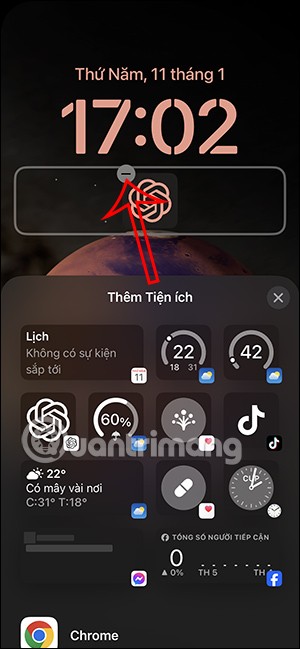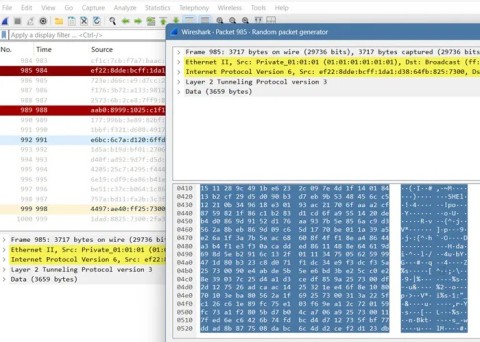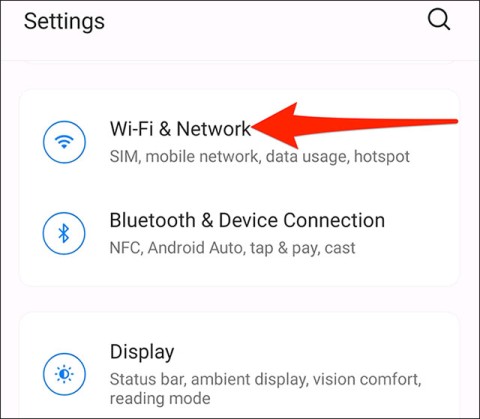What is WiFi? How does WiFi work?

WiFi is a form of local area networking and wireless Internet access used by people around the world to connect their devices to the Internet without cables.

WiFi is a form of local area networking and wireless Internet access used by people around the world to connect their devices to the Internet without cables.

Nowadays, free wifi networks are installed everywhere, from coffee shops, amusement parks, shopping malls, etc. This is very convenient for us users to be able to connect to the network everywhere to surf Facebook and work. However, is using free wifi safe?

To make your mobile hotspot stand out and be easier to find, you can give it a unique and distinctive name.

You can completely hide a Wi-Fi network or prevent it from showing up again. You can also block all other Wi-Fi networks, allowing your computer to only show and connect to the Wi-Fi networks you want easily.

To ensure better security, devices running Android 10 and above will use random WiFi MAC addresses by default.
When you want to connect to wifi in a public place, you will find some wifi networks with the word Guest, this is the guest network, also known as the Guest Network. In this article, we will learn more about the guest network as well as how to set up this network for the Router.
Most Wi-Fi routers today want to apply Beamforming technology to improve Wi-Fi transceiver capabilities, avoid interference, and increase connection speed for terminals. So what is Beamforming, how does it work? This article will introduce you to the Beamforming technology.
Since 2015, the MU-MIMO concept appeared with the promise of a technology that speeds up to 4x faster than traditional routers. The following article will help you better understand MU-MIMO technology.

When you use the network, especially the Wifi network, the slow and losing network phenomenon is unavoidable, there are many causes of this unpleasant phenomenon, possibly due to the network operator, the connection line. unstable connection, user download overload, and